- Over 1 million successful rentals
Car Hire Bolivia
Save time and money. We compare the offers of car rental companies in Bolivia on your behalf.
- Free cancellation Up to 48 hours prior to the scheduled pick up time
- Best price guarantee Have you found a better price? Let us know and we will make you a better offer.
- 24000+ pick-up locations Locations around the world
Compare Car Hire
Carrentals.co.uk offers simple and straightforward car hire comparison services. We don't add a penny to your quotes!
Car rental offers in Bolivia
Whether you're looking for a small rental car or a station wagon for the entire family, we will always have a suitable vehicle for the lowest price. Below are some examples from our selection in Bolivia.
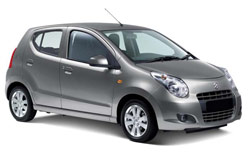
-
Europcar From£ 31 /day
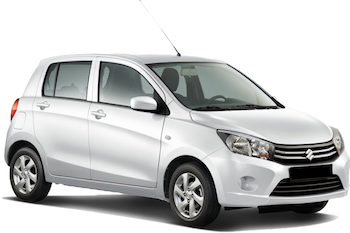
-
Europcar From£ 33 /day

-
Europcar From£ 35 /day
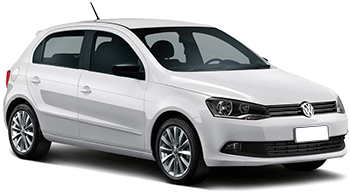
-
Europcar From£ 45 /day
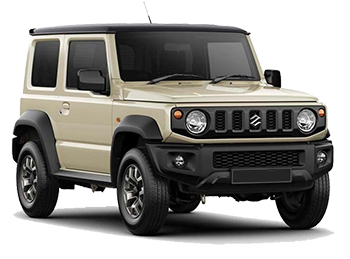
-
Europcar From£ 50 /day
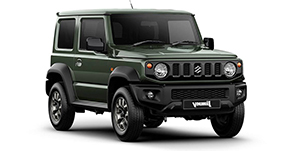
-
Europcar From£ 50 /day
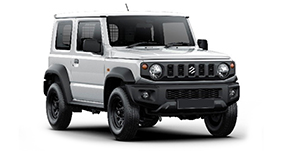
-
Europcar From£ 58 /day

-
Europcar From£ 45 /day

-
Europcar From£ 45 /day
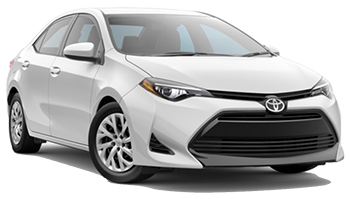
-
Europcar From£ 49 /day
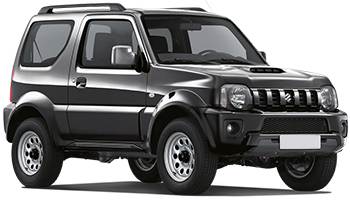
-
Europcar From£ 50 /day
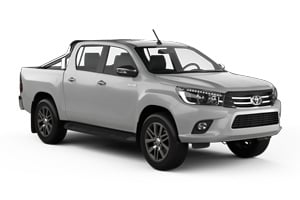
-
Europcar From£ 84 /day
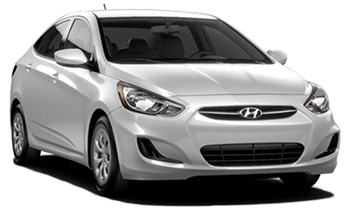
-
Europcar From£ 46 /day
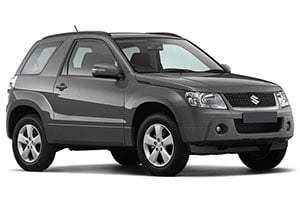
-
Europcar From£ 58 /day
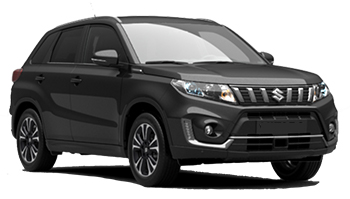
-
Europcar From£ 69 /day

-
Europcar From£ 74 /day
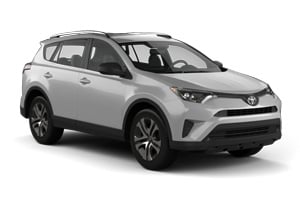
-
Europcar From£ 75 /day

-
Europcar From£ 68 /day

-
Europcar From£ 74 /day
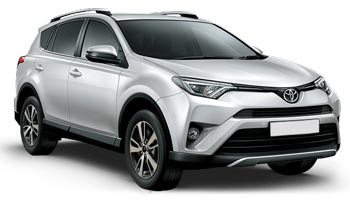
-
Europcar From£ 75 /day
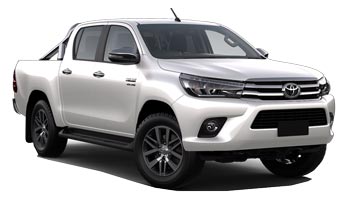
-
Europcar From£ 84 /day
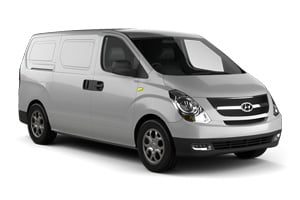
-
Europcar From£ 90 /day
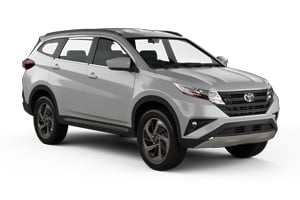
-
Europcar From£ 91 /day

-
Europcar From£ 84 /day

-
Europcar From£ 91 /day
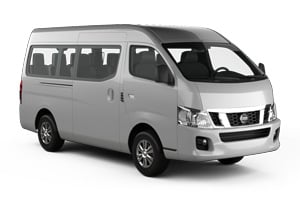
-
Europcar From£ 91 /day

-
Europcar From£ 92 /day

-
Europcar From£ 98 /day
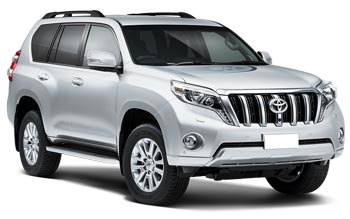
-
Europcar From£ 99 /day
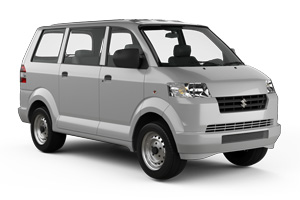
-
Europcar From£ 64 /day
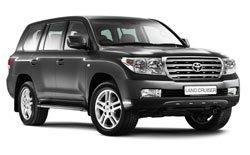
-
Europcar From£ 106 /day

-
Europcar From£ 64 /day

-
Europcar From£ 90 /day

-
Europcar From£ 91 /day

-
Europcar From£ 50 /day

-
Europcar From£ 50 /day

-
Europcar From£ 58 /day

-
Europcar From£ 69 /day

-
Europcar From£ 74 /day

-
Europcar From£ 74 /day

-
Europcar From£ 75 /day

-
Europcar From£ 91 /day

-
Europcar From£ 98 /day

When to book a rental car in Bolivia
Bolivia - When is the most affordable time to rent a mini class car?
At this destination (Bolivia), January is the most affordable time to rent a mini class car with an average daily rate of
Bolivia - When is the most affordable time to rent a economy class car?
At this destination (Bolivia), January is the most affordable time to rent a economy class car with an average daily rate of
Bolivia - When is the most affordable time to rent a compact class car?
At this destination (Bolivia), January is the most affordable time to rent a compact class car with an average daily rate of
Bolivia - When is the most affordable time to rent an intermediate class car?
At this destination (Bolivia), January is the most affordable time to rent a intermediate class car with an average daily rate of
Bolivia - When is the most affordable time to rent a standard class car?
At this destination (Bolivia), January is the most affordable time to rent a standard class car with an average daily rate of
Bolivia - When is the most affordable time to rent a full-size car?
At this destination (Bolivia), January is the most affordable time to rent a full-size class car with an average daily rate of
Bolivia - When is the most affordable time to rent a luxury car?
At this destination (Bolivia), March is the most affordable time to rent a luxury class car with an average daily rate of
Bolivia - When is the most affordable time to rent a SUV?
At this destination (Bolivia), January is the most affordable time to rent an SUV with an average daily rate of
Bolivia - When is the most affordable time to rent a MPV?
At this destination (Bolivia), March is the most affordable time to rent an mpv with an average daily rate of
Bolivia - When is the most affordable time to rent a minivan?
At this destination (Bolivia), January is the most affordable time to rent a minibus with an average daily rate of
Car rental locations in Bolivia
Carrentals.co.uk compares rental car prices at the following destinations

Bolivia Guide
Bolivia is best explored by rental car. Carrentals.co.uk has over 4 pick-up locations in Bolivia. This means there is always a pick-up location close to your destination.
Most popular car hire locations in Bolivia
Driving
Non-touristy Bolivia is as diverse as they come, boasting all sorts of terrain, from the high peaks of the Andes to the dense Amazon rainforest and vast, arid salt plains. This poor South American nation has friendly folks and an intriguing culture and history. Road trips are best organised from the capital, La Paz, and the eastern town of Santa Cruz.
Driving Tips for Bolivia
Only main highways are paved outside cities although many of these routes are in bad shape and don’t have barriers or hard shoulders. Country roads are non-paved and best avoided unless you have a four-wheel drive. Avoid rural driving in the rainy season.
Driving licences: you will need your UK licence as well as an International Driving Permit to both hire a car and be road legal.
Which side does Bolivia drive on: the right.
Speed limits:
Motorways: 55mph (90kph)
Built-up areas: 24mph (40kph)
Alcohol limits: 0.07 per cent blood/alcohol level compared with 0.08 per cent in the UK.
Driving age: 18 years, but at least 25 years and two years’ driving experience to hire a car.
Seatbelts: the law states that all passengers are to wear seatbelts though many cars have had them removed and this regulation is poorly enforced.
Mobile phones and GPS: mobiles can only be used with a hands-free device while driving, while iPhones/iPads and similar with GPS apps should be in a docking station. It is possible to download GPS maps with four-wheel drive routes.
Cost of fuel in Bolivia: cheap, at about one-third of the price of fuel in the UK.
Car hire and fuel payment: have cash to hand since credit cards are not widely accepted at petrol pumps. You will, however, need one to confirm car hire.
Insurance: car hire comes with third-party insurance but may not have a collision damage waiver included. Check the details on the hire agreement carefully.
Traffic and parking: it is best to avoid driving in La Paz or Santa Cruz due to heavy traffic and it is advisable to park at hotels if you can. Avoid leaving cars parked on city streets at night.
Transport
Trains
Trains run in from La Quiaca (Argentina), Arica (Chile) and Coroba (Brazil), although visitors are advised to book first class as services are typically slow and arduous. Trains, including services from Brazil and Argentina, serve towns and cities in the east of the country, while La Paz is on the western line. A ticket from Santa Cruz to Quijarro on the Brazilian border costs £13.00. Train travel is good value and tickets can be bought on the day of travel.
Taxis
Taxis are non-metered, even in La Paz, but are cheap and convenient. Shared taxis are common, and often the only form of transport to remote towns. Although rates are fixed, visitors should confirm the fare beforehand. Big cities also have ‘micro’ minibuses and motorbikes, and three-wheelers are common in lowland towns.
Buses
International bus services arrive from Argentina and Puno in Peru, although it is generally best to fly to La Paz unless you specially intend to visit border areas. Travelling by bus between main towns is okay, albeit not as comfy as train travel, but remote trips by bus are not recommended due to dangerous roads and long travel times. Many bus companies operate to poor standards. Always travel first class. A ticket from La Paz to Santa Cruz in first class costs about £8.
Ferries
Copacabana, on Lake Titicaca, is the main hub for boat travel to and in Bolivia. Services arrive here from Puno, Peru. Tourist boats also run to the Lake Titicaca islands, while getting about the Amazon basin in the north is best by river boat.
Airports
There are two principal international airports. El Alto International Airport serves the capital, but hosts no direct European flights – visitors will probably arrive via Lima in Peru. It lies eight miles (13kms) or a £5.60 taxi ride southwest of the capital. Viru Viru International Airport lies just over nine miles (15kms) or a £4.50 taxi ride to the southwest of Santa Cruz. Limited international flights land here, but there are domestic services to La Paz and other centres.
Explore
Exploring Bolivia
The world’s loftiest capital city, La Paz, doesn’t hold great appeal though it is a getaway and launch pad for trips in the area. Highlights include the Presidential ‘Burnt’ Palace and La Paz Cathedral, while the grand temples of nearby Tiahuanaco make a good side trip.
Lake Titicaca, northwest of La Paz, is a major draw and boat tours of the world’s highest navigable lake are stunning. Have lunch on Sun Island overlooking the lake or visit Copacabana village.
Southeast of La Paz is secluded Quime, surrounded by high peaks, waterfalls and mines, and home to various indigenous tribes. Farther on is the popular, historic town of Cochabamba, noted for its Pachamama terraces and statue of Christ.
The challenging Yungas Road is northeast of La Paz but should only be attempted in a four-wheel drive and outside the rainy season. Farther north is the lush and diverse Madidi National Park, while in the northeast is the equally spellbinding Noel Kempff Mercado National Park.
To the west of the lowlands city of Santa Cruz lie the World Heritage Inca ruins of El Fuerte de Samaipata and the vast El Salar de Uyuni salt desert is situated to the southwest. The post-imperial town of Potosi is a gateway to Bolivia’s infamous silver mines, which can be visited as part of a group tour.
Weather
Half of Bolivia is given over to rainforest, meaning heat and humidity, while the other half, including La Paz, is up on a high plateau, with hot days and cool nights. Summer (November to March) is wet and best avoided if you are driving, while La Paz is chilly at night in winter (June to August). The overall average temperature countrywide is about 10°C, taking into consideration the high Andes.
Practical information
-
CurrencyBolivian boliviano
-
LanguageSpanish, Aymara, Quechua
What most people want to know
The following questions and answers are a selection of the most popular questions. If you do not find the answer to your question, have a look at the Frequently Asked Questions page or contact us.
- Avis
- Budget
- Europcar
- National Car Rental
- Hertz
- Payless Car Rental
- Enterprise
- Keddy By Europcar
- Mex Rent a Car